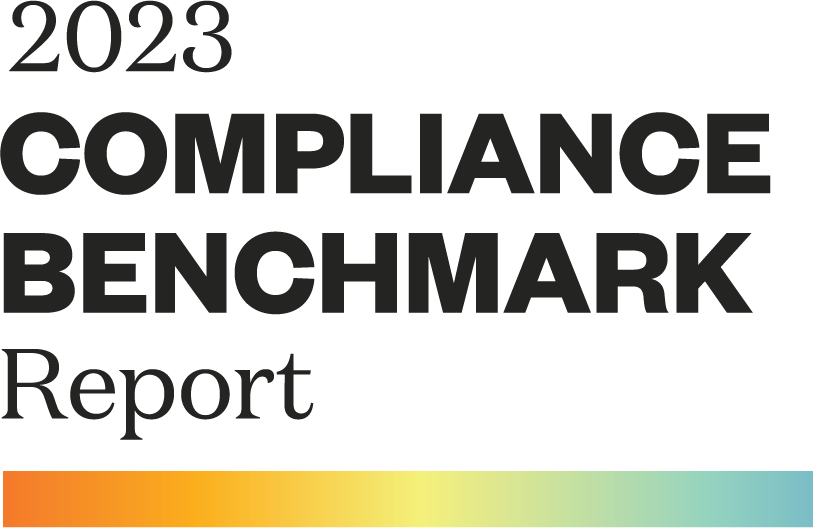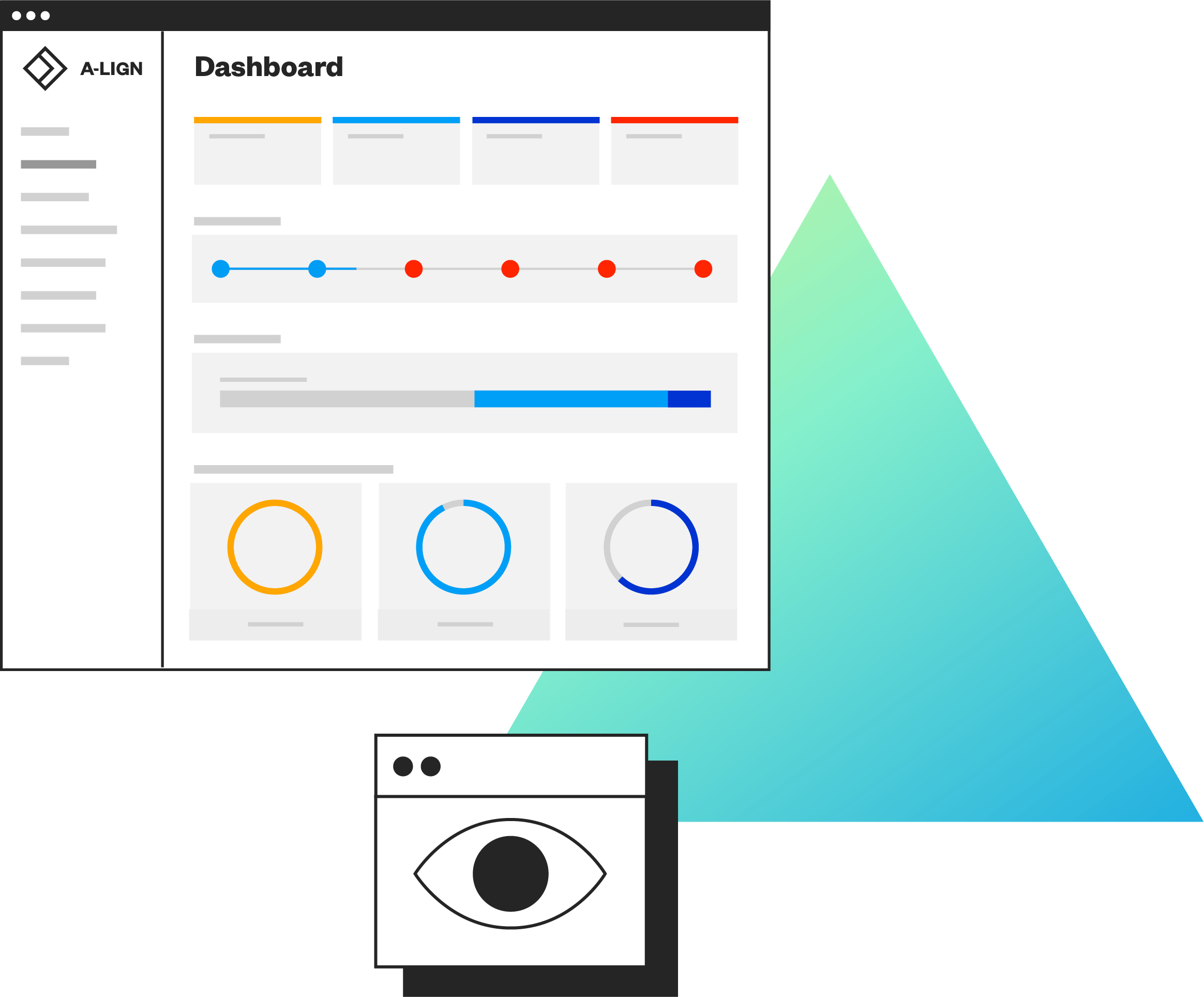If you are conducting multiple audits every year, ask yourself: are you duplicating efforts and unintentionally creating extra steps in your process?
If you answered “yes” to the question above, then you may find your audit preparation to be exhausting and reactive. But, it doesn’t have to be. A-LIGN’s Master Audit Plan (MAP) solution provides you with an audit roadmap to efficiently meet your regulatory compliance needs and sync them to your organization’s unique internal rhythms.
Is Your Audit
Process Draining Resources?



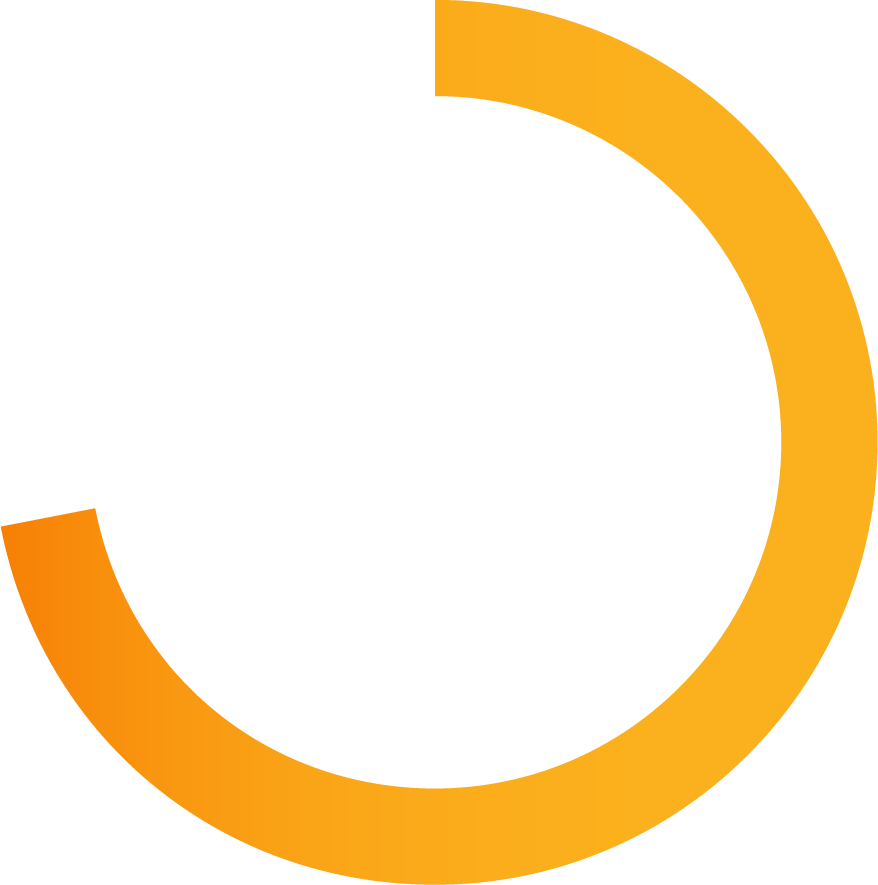
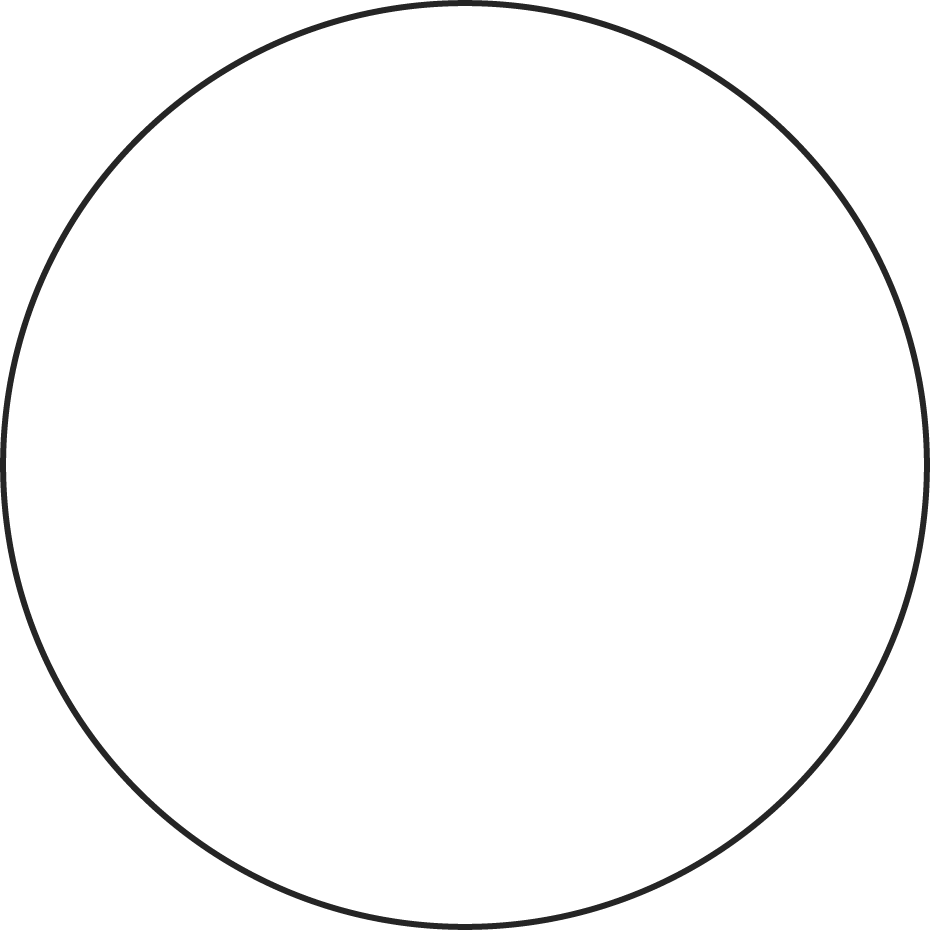

We surveyed nearly 600 cybersecurity, IT, QA, internal audit, and finance professionals about their compliance programs.
89%
73%
of organizations conduct multiple audits each year
of organizations plan to consolidate audits in the next 12 months
Consolidate Your Audit Projects with a Master Audit Plan (MAP)
A MAP offers organizations a strategic approach to align on various compliance reporting needs. With a MAP in place, organizations gain greater visibility into the efforts required from each team or department, what is needed for each audit, and what evidence can be repurposed.
Streamlined visibility for the entire organization significantly alleviates the pressures and time constraints traditionally felt throughout the audit process.
For example, consider the audit preparation phase: More than half (64%) of the Compliance Benchmark respondents stated that they spend more than two months preparing for audits each year. Though this has been the traditional approach to audit preparation, it highlights the challenges associated with a manual evidence collection process.
A MAP, however, enables organizations to be more effective in their audit planning process, giving teams greater visibility into where they spend their time and why. It also helps with the consolidation of evidence requirements across a variety of audit frameworks. As a result, a MAP is a critical asset for organizations that need to complete more than one audit annually.
Do You Need a MAP?
Do you Suffer From These Pain Points?
Lack of Visibility
Redundant Evidence
Inefficient Technology
Cost Inefficiencies
Timing
When multiple audits are taking place, there is often limited insight into everything that needs to be done, what has already been done, and who is involved in each stage of the audit process.
Completing a variety of compliance projects annually, often with multiple vendors, puts a strain on employee time and resources. This is further exacerbated when audits overlap in terms of processes and shared control functions.
Frequently, the same evidence or artifact must be provided multiple times, but with little visibility into what has already been gathered, efforts are duplicated across the organization. The use of software during an audit has risen significantly, with 71% of our survey respondents using some form of software during their audit process.
Sending an Excel file with a list of requests to multiple people via email is an invitation for version control issues and miscommunication. Without a streamlined solution in place to document each part of the process or technology to assist with the audit, the risk of human error increases substantially.
Leveraging multiple audit firms for different audits increases external costs and leads to inefficiencies. This, once again, is often driven by a lack of visibility across the organization.
Many teams are unsure how to manage and complete multiple audits in a timely manner, always operating in “hair on fire” mode or being caught off guard by customer requests.
Audit Fatigue
The Benefits of a MAP
Here’s the bottom line: conducting more than one audit in a given period of time is complex, but it doesn’t need to be chaotic.
It goes without saying that an audit process can be exhausting. It requires significant
time and energy from every party involved, often requiring them to step away from
their normal daily responsibilities. This,
in turn, can hinder the productivity of the organization as a whole. But many organizations struggle to identify the specific event within an audit process that could be adjusted to alleviate internal challenges.
Click through the list of the most common pain points that can often be solved with the adoption and implementation of a MAP.
There are a number of benefits to implementing a MAP within an organization, primarily because a MAP can alleviate the pain points previously discussed that are traditionally associated with an audit process.


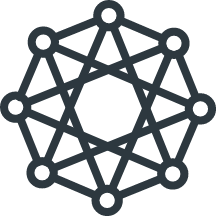
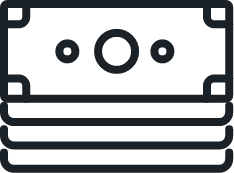

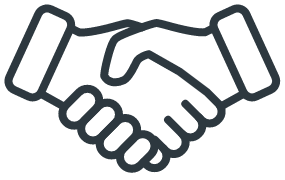
1
Combining efforts across audits
to decrease workload and complete multiple audits in less time
Creating efficiencies to optimize evidence collection and usage to save time
2
Freeing up resources
to concentrate on more strategic initiatives
3
Streamlining costs
4
Better communication to internal stakeholders on progress and process
5
Want professional guidance in creating your Master Audit Plan?
SCHEDULE A CONSULTATION
How to Get Started with Your MAP
If your organization conducts more than one audit per year, creating and implementing your own MAP is a strategic investment, one that has a clear ROI.
So, how do you get started? With an audit program assessment.
Once this information is documented, your organization can confidently ensure the right people, processes, technology, and/or partners are in place to support your strategic initiatives.
Reviewing the compliance requirements your organization is already pursuing
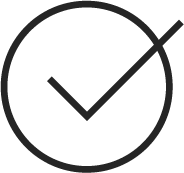
Assessing the requirements for each of the various certifications or reports

Determining your organization’s future audit needs

Three steps to an
audit program assessment
A-LIGN’s MAP Solution Consolidates the Audit Process
A-LIGN’s MAP solution provides a more effective approach to the auditing process with a clear view of scoping, timing, and internal rhythms. By consolidating the auditing process, organizations can work more efficiently, freeing up resources to focus on the more strategic side of the business.
A-LIGN brings an unparalleled depth of industry expertise to the table with a team that understands a wide range of auditing requirements and can support your organization’s unique needs. This, along with the benefits of A-LIGN’s
A-SCEND compliance management platform, can give your organization a
real advantage.
The unique combination of a MAP, the A-SCEND compliance management platform, and our industry expertise enables organizations that partner with
A-LIGN to pursue a systematic and strategic approach to completing audit requirements. And they can do it while minimizing expenses and improving productivity.
A-SCEND is A-LIGN’s proprietary compliance management platform inspired by our clients, developed by industry experts, and designed to meet the needs of your unique audit journey.
A-SCEND streamlines the audit process by:
• Centralizing evidence collection
• Standardizing compliance requests
• Consolidating audits
Leverage the powerful combination of industry expertise with a technology platform that enables you to stay on top of all reporting requirements.
LEARN MORE
The 4-Step Process to Building a MAP
Intro
Review Current Practices & Define Audit Scope
A-LIGN works closely with organizations to understand their unique business objectives and the role of compliance programs. A-LIGN also identifies areas that may impact the audit scope and reviews existing audit and assessment programs. Equipped with this information, our team determines the best time of year to conduct each audit with the least amount of disruption to your organization.
1
The Process
A-LIGN’s MAP solution approaches the audit process in a clearly defined, four-step process that helps organizations analyze, customize, optimize, and realize their compliance goals.
A-LIGN’s industry experts work to align business and compliance objectives within each of these categories, improve the audit engagement experience, and drive process and cost efficiencies. This defined approach enables organizations to overcome the risk and uncertainty associated with changing audit and assessment providers. With a thorough documentation process and increased visibility across the organization, nothing falls through the cracks.
Customize Timeline Recommendations & Areas of Improvement
A-LIGN provides observations and modification recommendations to timelines within the MAP, combined with an estimate of savings. These savings are determined as a result of improved audit timeline alignment and consolidation of audits to a single provider.
2
Determine & Solidify a Holistic
Audit Approach
A-LIGN provides observations and modification recommendations to timelines within the MAP, combined with an estimate of savings. These savings are determined as a result of improved audit timeline alignment and consolidation of audits to a single provider.
3
Deliver a Collaborative, Efficient, and Scalable Audit Program
A-LIGN works with organizations throughout the entire audit process. The team provides schedules and communication plans designed specifically to minimize your team’s workload and interruptions. This ensures you can free up resources to allow your organization to remain focused on more strategic initiatives.
When you work with A-LIGN, your MAP becomes a living document continuously updated to reflect the evolution of your audit process.
4
Request a Consultation
Creating and implementing a Master Audit Plan (MAP) is all about efficiency. By gaining greater visibility into your organization’s scope, timing, and internal rhythms, you can create a strategic and proactive audit process that minimizes the pain points traditionally associated with separate and reactive audits.
Don’t get caught up in the stress and chaos of the audit process. Instead, equip your organization with a MAP to efficiently navigate audit requirements and free up staff to pursue more strategic business endeavors. Complete the contact form and our team will reach out within 24 business hours.
Step 1

Step 2
Step 3
Step 4
Download the full report
Limiting the number of vendors you have to manage and work with
6











Audit Fatigue
Redundant Evidence
Inefficient Technology
Cost Inefficiencies
Timing
Do You Need a MAP?
Do You Suffer From These Pain Points?
The Benefits of a MAP
When multiple audits are taking place, there is often limited insight into everything that needs to be done, what has already been done, and who is involved in each stage of the audit process.
Completing a variety of compliance projects annually, often with multiple vendors, puts a strain on employee time and resources. This is further exacerbated when audits overlap in terms of processes and shared control functions.
Frequently, the same evidence or artifact must be provided multiple times, but with little visibility into what has already been gathered, efforts are duplicated across the organization. The use of software during an audit has risen significantly, with 91% of our survey respondents using some form of software during their audit process.
Sending an Excel file with a list of requests to multiple people via email is an invitation for version control issues and miscommunication. Without a streamlined solution in place to document each part of the process or technology to assist with the audit, the risk of human error increases substantially.
Leveraging multiple audit firms for different audits increases external costs and leads to inefficiencies. This, once again, is often driven by a lack of visibility across the organization.
Many teams are unsure how to manage and complete multiple audits in a timely manner, always operating in “hair on fire” mode or being caught off guard by customer requests.
Lack of Visibility

Audit Fatigue
Redundant Evidence
Inefficient Technology
Cost Inefficiencies
Timing
Here’s the bottom line: conducting more than one audit in a given period of time is complex, but it doesn’t need to be chaotic.
It goes without saying that an audit process can be exhausting. It requires significant time and energy from every party involved, often requiring them to step away from their normal daily responsibilities. This, in turn, can hinder the productivity of the organization as a whole. But many organizations struggle to identify the specific event within an audit process that could be adjusted to alleviate internal challenges.
Click through the list of the most common pain points that can often be solved with the adoption and implementation of a MAP.

Limiting the number of vendors you have to manage and work with
6

Better communicating to internal stakeholders on progress and process
5

Streamlining costs
4

Freeing up resources
to concentrate on more strategic initiatives
3

Creating efficiencies to optimize evidence collection and usage to save time
2

Combining efforts across audits to decrease workload and complete multiple audits in less time
1
There are a number of benefits to implementing a MAP within an organization, primarily because a MAP can alleviate the pain points previously discussed that are traditionally associated with an audit process.
If your organization conducts more than one audit per year, creating and implementing your own MAP is a strategic investment, one that has a clear ROI.
So, how do you get started? With an audit program assessment.
Once this information is documented, your organization can confidently ensure the right people, processes, technology, and/or partners are in place to support your strategic initiatives.
A-LIGN works with organizations throughout the entire audit process. The team provides schedules and communication plans designed specifically to minimize your team’s workload and interruptions. This ensures you can free up resources to allow your organization to remain focused on more strategic initiatives.
When you work with A-LIGN, your MAP becomes a living document continuously updated to reflect the evolution of your
audit process.
Deliver a Collaborative, Efficient, and Scalable Audit Program
A-LIGN provides observations and modification recommendations to timelines within the MAP, combined with an estimate of savings. These savings are determined as a result of improved audit timeline alignment and consolidation of audits to a single provider.
Determine & Solidify a Holistic Audit Approach
Step 3
A-LIGN works closely with organizations
to understand their unique business objectives and the role of compliance programs. A-LIGN also identifies areas that may impact the audit scope and reviews existing audit and assessment programs. Equipped with this information, our team determines the best time of year to conduct each audit with the least amount of disruption to your organization.
Customize Timeline Recommendations & Areas
of Improvement
A-LIGN works closely with organizations to understand their unique business objectives and the role of compliance programs. A-LIGN also identifies areas that may impact the audit scope and reviews existing audit and assessment programs. Equipped with this information, our team determines the best time of year to conduct each audit with the least amount of disruption to your organization.
Review Current Practices & Define Audit Scope
The SOC 2 Examination
A-LIGN’s MAP solution approaches the audit process in a clearly defined, four-step process that helps organizations analyze, customize, optimize, and realize their compliance goals.
A-LIGN’s industry experts work to align business and compliance objectives within each of these categories, improve the audit engagement experience, and drive process and cost efficiencies. This defined approach enables organizations to overcome the risk and uncertainty associated with changing audit and assessment providers. With a thorough documentation process and increased visibility across the organization, nothing falls through the cracks.
The Process
Step 4
Step 2
Step 1
Intro
(TAP FOR MORE INFORMATION)
Freeing up resources
to concentrate
on more strategic initiatives
3

Contact Us
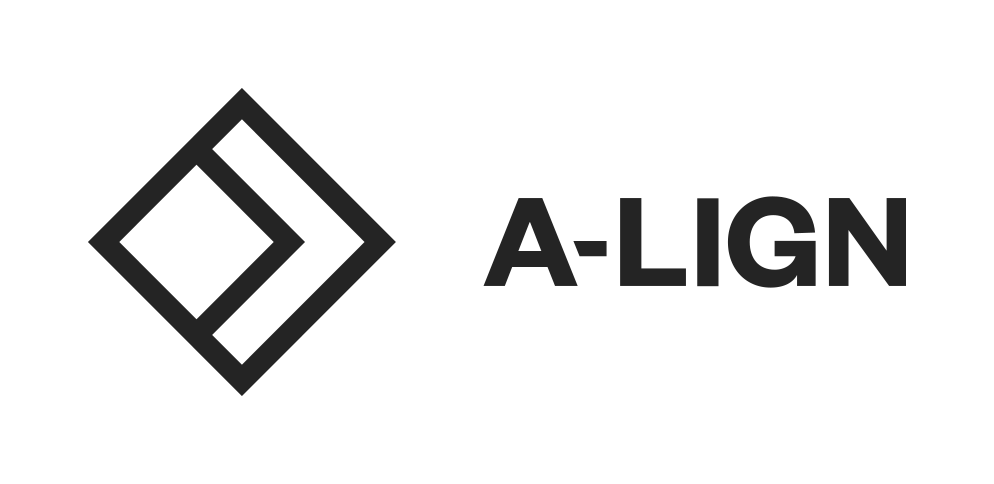
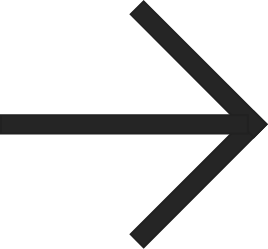

Contact us
3
4




1
2
3
4
5
6
6
5
4
3
2
1

